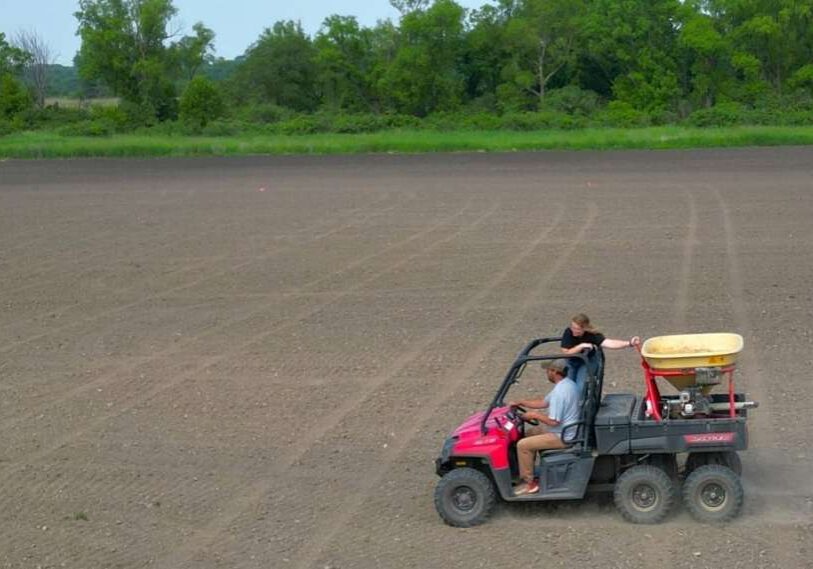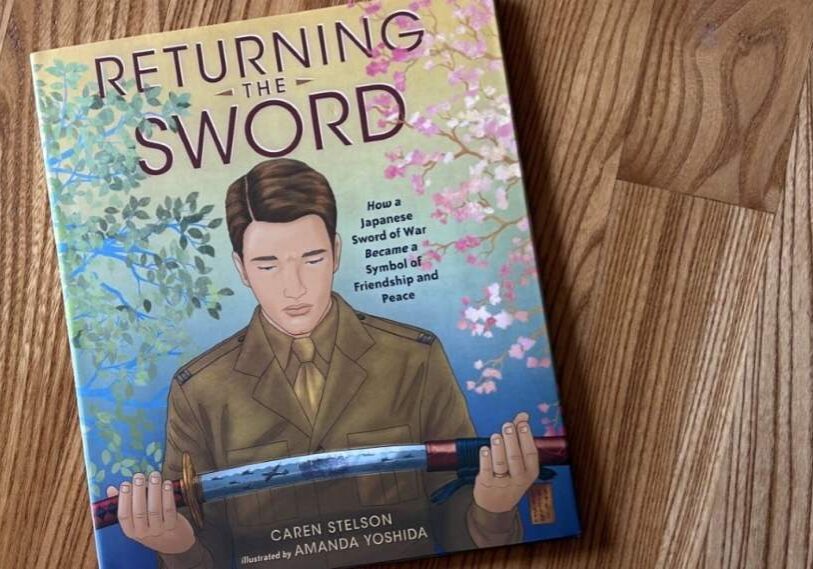Learning to Forage in Minnesota

ROOT RIVER VALLEY — Hunting–or foraging–for ‘wild edibles’ in woodland or home landscapes has become more popular in recent years. As longtime foragers have learned, hunting for these edibles can be extremely rewarding and tasty–or toxic, even deadly.
To help aspiring, even experienced, foragers better understand the benefits and the risks, University of Minnesota Extension holds occasional foraging workshops, most recently in Houston, Minn. (in September). The Minnesota Harvester Handbook is another excellent wild gatherers’ resource which addresses sustainable natural resource harvest practices and uses. Developed by University of Minnesota Extension and other contributors, this handbook highlights sustainable harvesting and gathering for more than twenty, non-timber forest products.
There are many native plants that are considered edible–but foragers need to be aware of possible food safety issues in selecting the right plants and preparing them correctly.
When foraging, it’s equally important to be aware of harvest restrictions or permits needed on public, state, or federal lands. Obviously, foragers must ask permission to hunt on private lands. And when harvesting edibles, it’s wise to use sustainable practices like harvesting only 10%.
Dandelions, fiddleheads, leeks/ramps, stinging nettles, plantain, and burdock are among many home and woodland plants that are edible in the spring.
The summer and fall also provide edible mushrooms, fruits and nuts like Juneberries, raspberries, blueberries, Aronia berry and hazelnuts.

Hen of the Woods, Golden Oyster and Pheasant Back are found in the woods in late Summer and early Fall. (Photo of Hen of the Woods by John Torgrimson)
The Minnesota Harvester Handbook reviews many popular forest products like maple syrup, fiddlehead fern, birch bark, juneberry, thimbleberry, wild rice, basswood, chaga, firewood, balsam boughs, princess pine, red osier dogwood, tree cones/seeds, mushrooms including Morel, Oyster, King Bolete, Sweet tooth, Lobster, Chicken-of-the-woods, Hen-of-the-woods, and Chanterelle.
The MN Mycological Society is another great resource for mushroom hunters; mushrooms are the biggest concern in properly identifying edible and poisonous fungi.
If you are foraging, you need to be aware of how you can spread invasive species unknowingly throughout the woodlands. There are also endangered plant species that should not be disturbed.

Morel mushrooms are often found around dead Elm trees around Mother’s Day.
Foraging workshops, like those offered by Extension, introduce participants to these and many other foraging topics and guidelines–and an opportunity to share your own foraging experience and expertise while learning from others. Watch for future workshops in Fillmore or Houston Counties, or check with your local Minnesota Extension office.
To learn more about other Agriculture, Horticulture or Natural Resources topics, please reach out to your Local Minnesota Extension Educator. Residents in Fillmore and Houston counties can call 507-765-3896 or 507-725-5807.






